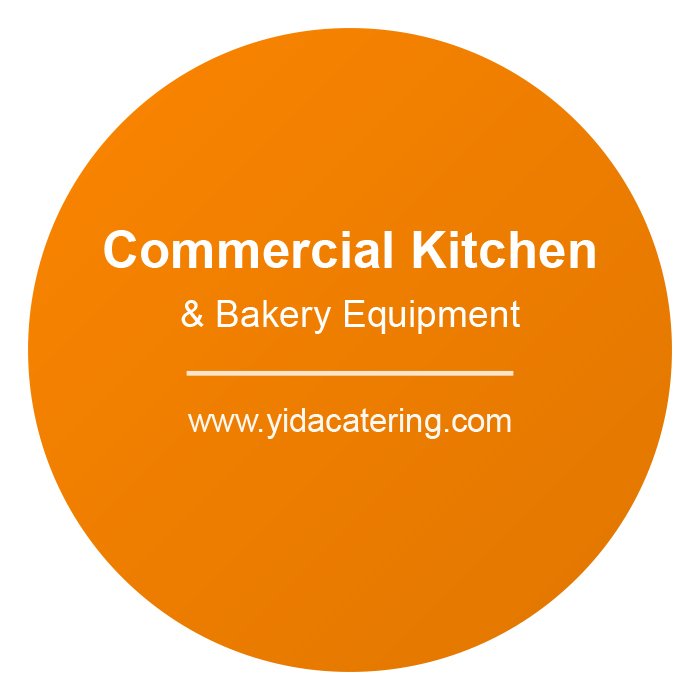In the world of vending machine businesses, one of the most critical decisions entrepreneurs face is choosing between purchasing new or used vending machines. Each option comes with its own set of advantages and challenges, and understanding the nuances can make a significant difference in profitability and operational efficiency. In this blog post, we’ll explore the cost-benefit analysis of new and used vending machines to help you make an informed decision for your business.
The Case for New Vending Machines
Advantages:
- Latest Technology
New vending machines often come equipped with cutting-edge features such as cashless payment systems, touchscreens, remote monitoring, and energy-efficient components. These features can enhance the customer experience and streamline your operations. - Warranty and Support
Purchasing a new vending machine typically includes a manufacturer’s warranty, which provides peace of mind and financial protection against defects or malfunctions. Additionally, manufacturers often offer customer support to assist with troubleshooting and maintenance. - Reliability
Since new machines have no prior usage, they are less likely to experience mechanical issues or breakdowns. This reliability reduces downtime and ensures consistent revenue generation. - Customization Options
When buying new, you may have the option to customize the machine’s design, branding, and features to align with your business goals and target audience.
Drawbacks:
- Higher Upfront Costs
New vending machines can be expensive, with prices ranging from $3,000 to $10,000 or more, depending on the features and size. This higher initial investment may be prohibitive for startups or small businesses. - Depreciation
Like most new equipment, vending machines lose value over time. The resale value of a new machine may not justify the initial cost if you plan to upgrade or exit the business in the near future.
The Case for Used Vending Machines
Advantages:
- Lower Initial Investment
Used vending machines are significantly cheaper than new ones, often costing 30% to 70% less. This makes them an attractive option for entrepreneurs looking to minimize startup costs. - Faster ROI
With a lower upfront cost, it’s easier to achieve a quicker return on investment (ROI). This is especially beneficial for those testing the waters in the vending machine business. - Availability
The secondary market for vending machines is vast, offering a wide range of options to suit different needs and budgets. You can often find well-maintained machines that still have years of service life left.
Drawbacks:
- Higher Maintenance Costs
Used machines may require more frequent repairs or part replacements due to wear and tear. Over time, these costs can add up and potentially offset the initial savings. - Limited Features
Older models may lack modern features like cashless payment systems or energy-efficient technology, which could limit their appeal to tech-savvy customers. - No Warranty
Most used vending machines are sold “as-is,” meaning there’s no warranty or guarantee of performance. This increases the risk of unexpected expenses. - Compatibility Issues
If parts need replacement, sourcing compatible components for older models can be challenging and time-consuming.
Key Considerations Before Making a Decision
When deciding between new and used vending machines, consider the following factors:
- Budget
Evaluate your financial resources and determine how much you can comfortably invest upfront. - Business Goals
Are you aiming for long-term growth with state-of-the-art equipment, or are you starting small to test the market? Your goals will shape your choice. - Target Market
If your target audience values convenience and technology (e.g., cashless payments), investing in newer models may be worthwhile. - Maintenance Capabilities
Do you have the skills or resources to maintain and repair used machines? If not, the reliability of a new machine might save you time and stress. - Location
High-traffic areas often justify investing in new machines due to their potential for higher revenue. For lower-traffic locations, used machines might be more cost-effective.
Final Thoughts
Both new and used vending machines have their pros and cons, and the right choice depends on your unique circumstances. If you prioritize advanced features and long-term reliability, investing in a new machine could be the way to go. On the other hand, if you’re operating on a tight budget or testing a new market, a used machine might be the smarter choice.
Ultimately, success in the vending machine business hinges not just on your equipment but also on strategic location selection, effective marketing, and consistent maintenance. By carefully weighing the costs and benefits of new versus used vending machines, you’ll be well-positioned to make a decision that aligns with your business objectives and sets you up for success.
What’s your experience with vending machines? Did you opt for new or used? Share your insights in the comments below!

